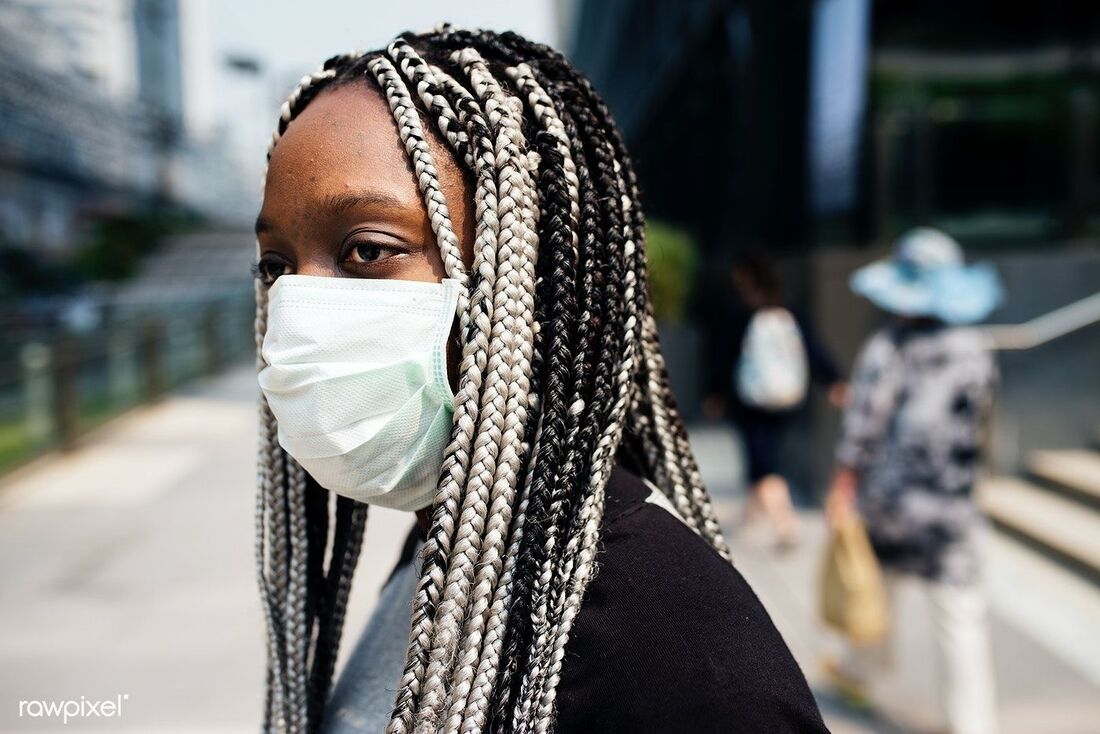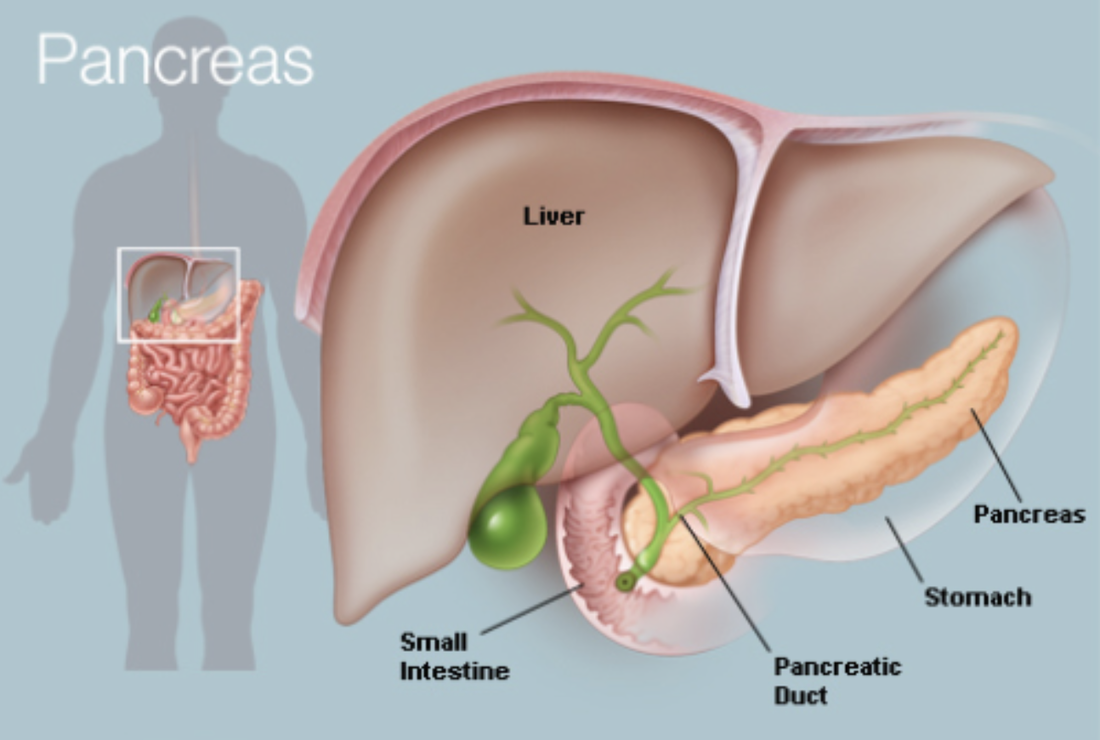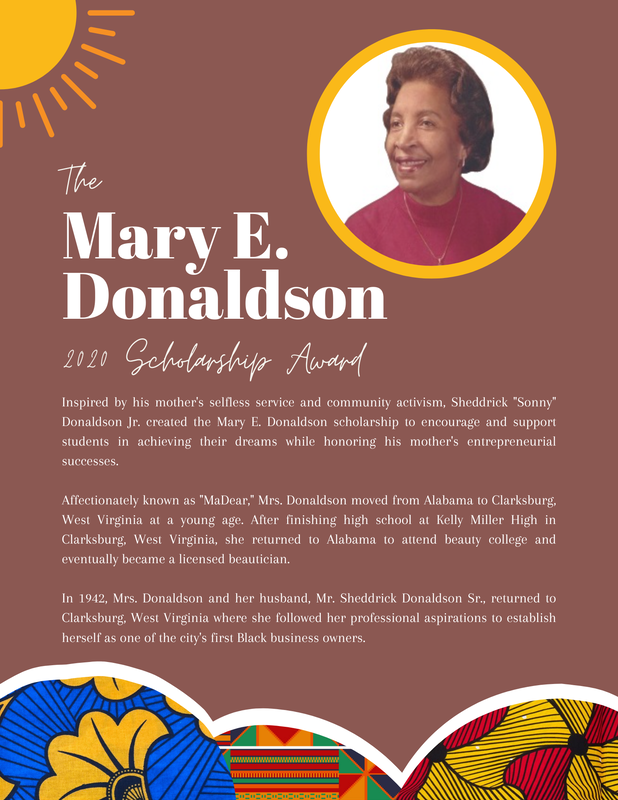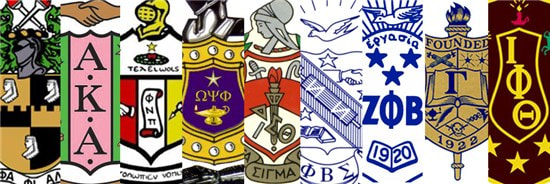|
Long-standing systemic health and social inequities have put many people from racial and ethnic minority groups at increased risk of getting sick and dying from COVID-19. The term “racial and ethnic minority groups” includes people of color with a wide variety of backgrounds and experiences. But some experiences are common to many people within these groups, and social determinants of health have historically prevented them from having fair opportunities for economic, physical, and emotional health.
There is increasing evidence that some racial and ethnic minority groups are being disproportionately affected by COVID-19.Inequities in the social determinants of health, such as poverty and healthcare access, affecting these groups are interrelated and influence a wide range of health and quality-of-life outcomes and risks. To achieve health equity, barriers must be removed so that everyone has a fair opportunity to be as healthy as possible. Factors that contribute to increased risk
What We Can Do The COVID-19 pandemic may change some of the ways we connect and support each other. As individuals and communities respond to COVID-19 recommendations and circumstances (e.g., school closures, workplace closures, social distancing), there are often unintended negative impacts on emotional well-being such as loss of social connectedness and support. Shared faith, family, and cultural bonds are common sources of social support. Finding ways to maintain support and connection, even when physically apart, can empower and encourage individuals and communities to protect themselves, care for those who become sick, keep kids healthy, and better cope with stress. Community- and faith-based organizations, employers, healthcare systems and providers, public health agencies, policy makers, and others all have a part in helping to promote fair access to health. To prevent the spread of COVID-19, we must work together to ensure that people have resources to maintain and manage their physical and mental health, including easy access to information, affordable testing, and medical and mental health care. We need programs and practices that fit the communities where racial and minority groups live, learn, work, play, and worship. Data on COVID-19 and Race and EthnicityCDC resources
CDC - "Health Equity Considerations & Racial & Ethnic Minority Groups" with sources: https://www.cdc.gov/coronavirus/2019-ncov/community/health-equity/race-ethnicity.html CDC - Coronavirus Disease website: https://www.cdc.gov/coronavirus/2019-nCoV/index.html
2 Comments
Diabetes is one of the most serious health problems that affect the African American community. Type 2 diabetes is the most common form of diabetes. The pancreas is essential to convert food into fuel for the body. The pancreas helps digest food and regulate blood sugar. Insulin is produced by the pancreas to help regulate blood sugar. In Type 2 diabetes the body builds up resistance to insulin and the pancreas needs to produce more until it may stop producing insulin. Therefore glucose builds up in the blood. If the glucose is high in the blood it may cause increased thirst, nausea, extreme fatigue, blurry vision, tingling or numbness in your hands/feet, and increased urination.
African Americans are 3 times more likely to develop Type 2 diabetes than European whites. Risk factors include being overweight or obese, high blood pressure, high cholesterol, family history, and cigarette smoking. Here are ways to help prevent or improve the management of diabetes:
On May 10, 1930, on the campus of Howard University, in Washington DC, the National Pan-Hellenic Council was formed as a permanent organization with the following charter members: Omega Psi Phi and Kappa Alpha Psi Fraternities, and Alpha Kappa Alpha, Delta Sigma Theta and Zeta Phi Beta Sororities. The purpose and mission of the organization in 1930 was “Unanimity of thought and action as far as possible in the conduct of Greek letter collegiate fraternities and sororities, and to consider problems of mutual interest to its member organizations.” In 1931, Alpha Phi Alpha and Phi Beta Sigma Fraternities joined the Council. Early in 1937, the organization was incorporated under the laws of the State of Illinois and became known as The National Pan-Hellenic Council, Incorporated.
Soon thereafter, Sigma Gamma Rho Sorority joined The National Pan-Hellenic Council, Incorporated. Iota Phi Theta Fraternity completed the list of member organizations in 1997. The National Pan-Hellenic Council, Inc. consists of 9 predominately African American Greek letter organizations known as the Divine 9.
|
Due to the COVID-19 pandemic, the 2020 West Virginia Black Heritage Festival has been canceled but that doesn't mean we're taking a break! Archives
January 2021
Categories |





 RSS Feed
RSS Feed